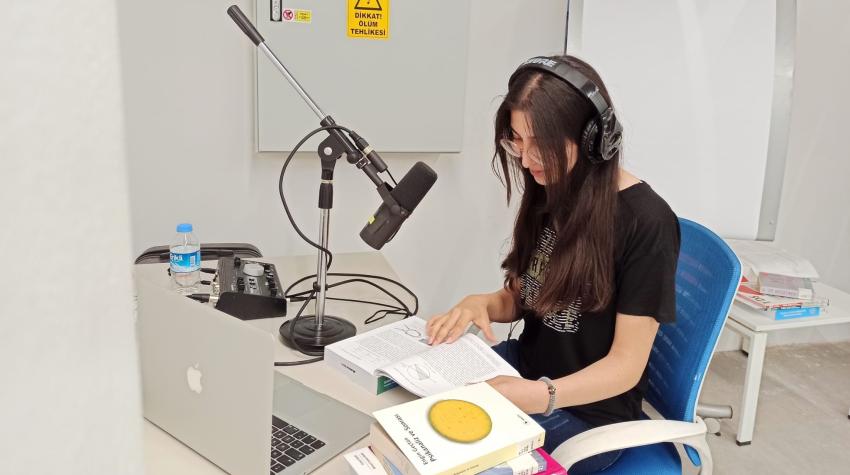Although the basic needs of those studying at the university are primarily similar, students with disabilities usually require additional and special attention from the institutions of higher education in which they study. And this is because the plans, programs, equipment, and accessibility of universities are typically more suitable for students who do not have disabilities. Thus, adaptation of the necessary physical and academic environment is vital to improve the educational experience of disabled students in general.
A paper commissioned by the Global Education Monitoring Report titled Higher Education and Inclusion says, “Some emerging data sources indicate a slow but noticeable increase in the number of students with disabilities accessing tertiary education. However, wide disparities in access to higher education between persons with disabilities and their non-disabled peers continue to prevail.” The challenge, though, is not only about access but also -as the paper mentions- issues concerning adequate facilities and services.
With a particular focus on the needs of visually impaired students, Abdullah Gül University, a member institution of the United Nations Academic Impact (UNAI) in Türkiye, decided to develop an innovative project to ensure that academic resources are converted into accessible formats for them. The initiative has been carried out by the university’s Library and Documentation Department, the Youth Work Implementation and Research Center, the Dean of the Students Department, and three different student clubs.
The goal is to ensure the vocalization of as many academic resources as possible, train young people for that process, and even create a studio for it while setting up the required technical infrastructure, ultimately leading to the establishment of a digital audio library. The project's planning process started in September 2021, and right after, over two dozen students volunteered to offer their time and received diction training for better quality outputs as well as rules for improved vocalization and recording.
Visually impaired students in other local universities were contacted and informed about the project. Since the aim was to meet the academic information needs and contribute to the university education of visually impaired young people, the selection of materials in both Turkish and English languages to be read and recorded was made according to such needs. The result is a webpage, still in a construction phase, in which students had a pivotal role in its design and management, including technical features involved.
Sample records prepared in the process were shared with experts, revisions were made following their feedback, and standards were determined moving forward. As volunteer students complete the audio recordings, section by section, they are all sent to the Library and Documentation Department, where they are checked and archived appropriately. The repository of information greatly benefits users by providing them with easy-to-access data and updated reference sources in various academic fields.
“The differences visually impaired students have do not prevent them from being successful in their careers and lives,” commented Beyza Gül Özdemir, one of the volunteers. Another one, Aybüke Yıldız, mentioned the excitement of volunteering for this project, saying, “When I heard my own recording, my anxiety was gone.” Along these lines, Betül Akarsu explained how the project helped to increase awareness of the many challenges visually impaired students face: “This shortcoming, which I was not aware of before, can be covered to a large extent.”
Emek Çağatay Aksöz, a visually impaired individual who also happens to be a Physics teacher and a graduate student of a program focused on primary school mathematics, provides external support to the project. Emek highlights that the project itself will help tackle existing problems while significantly doing its part in favoring the “educational processes of visually impaired individuals.” “This project will make an important contribution to the availability of accessible documents that can be used in reducing our limitations,” Emek concluded.




